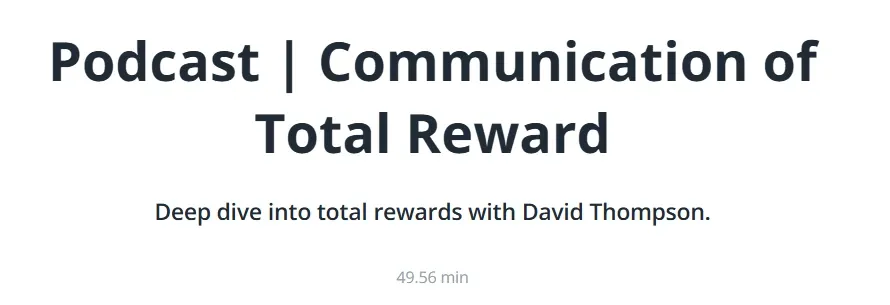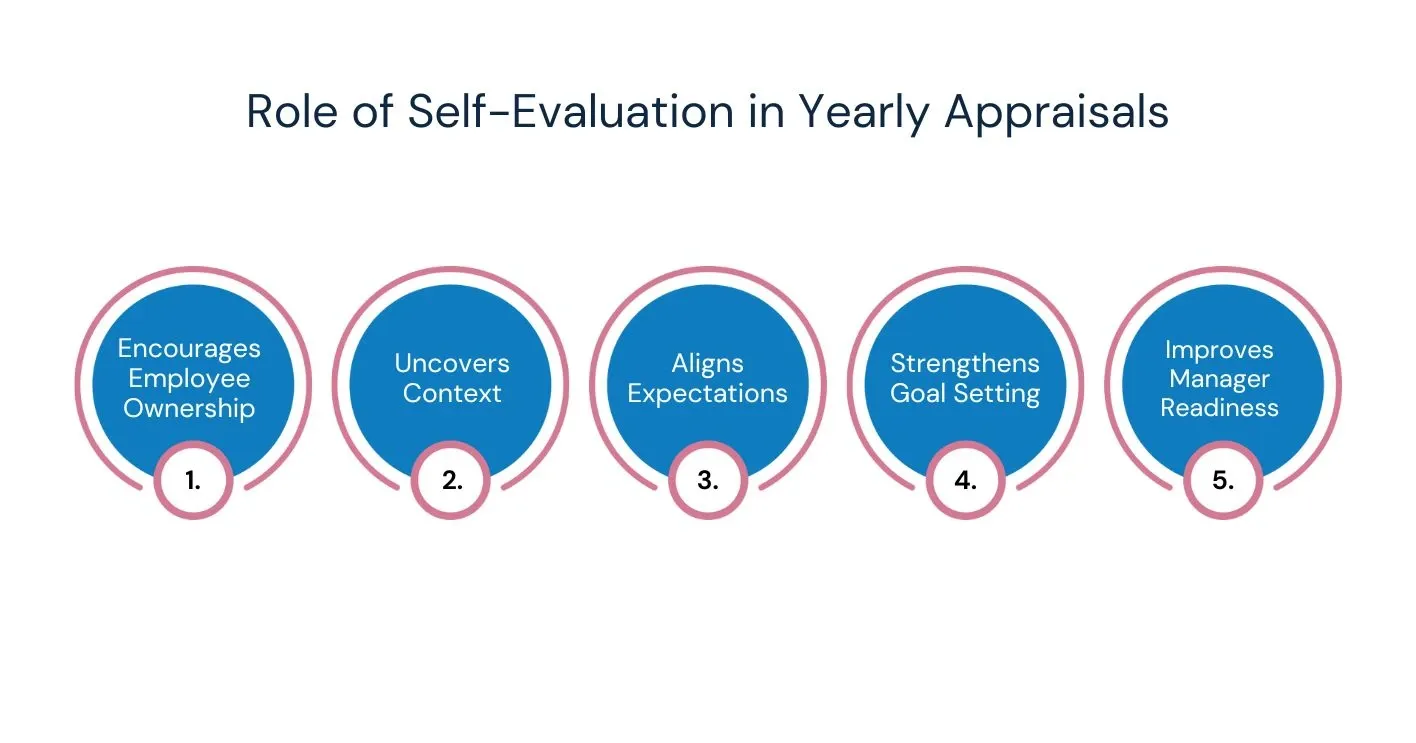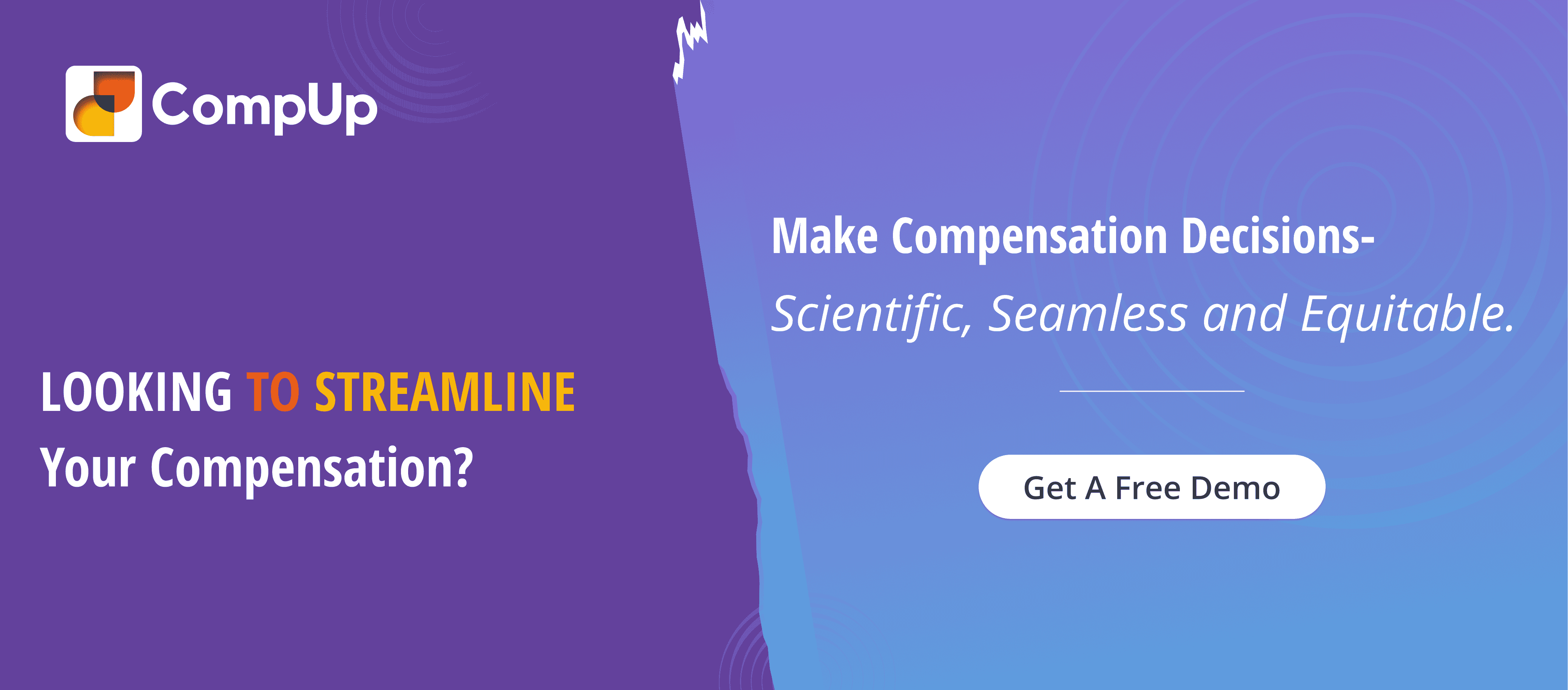
Annual job performance evaluations should be an opportunity for reflection, recognition, and realignment. We understand that preparing for these evaluations can sometimes feel overwhelming or stressful, especially when trying to balance fairness and meaningful feedback. Still, research reveals that only 14% of employees find these reviews provide useful feedback, highlighting a critical gap in how these conversations are managed.
This guide breaks down the process, helping you focus on meaningful metrics, follow a clear preparation roadmap, and sidestep common pitfalls that dilute the value of performance reviews.
Key Takeaways
A performance evaluation is a structured review of an employee’s contributions, behaviors, and progress over a specific period, most often conducted annually. It serves as a checkpoint to assess how well individual efforts align with team objectives and broader organizational goals.
But its importance goes beyond assessment. A well-conducted evaluation builds trust, strengthens communication, and creates opportunities for professional development. It allows teams to recognize high performance, address challenges constructively, and make informed decisions around compensation, promotions, and future planning.
Preparing for an annual evaluation is essential because it helps you:
When done right, performance evaluations are both retrospective and directional. To ensure the process is fair, meaningful, and aligned with organizational goals, it is essential to break it down into its core elements.
Let us explore the fundamental components that make an evaluation truly comprehensive.
An effective performance evaluation is built on more than just gut instinct or general impressions. The goal is to go beyond surface-level metrics and uncover how an individual has contributed, grown, and aligned with the organization’s expectations.
Key components of a thorough evaluation include:
A comprehensive evaluation ensures that no key aspect of performance is overlooked. It also allows you to connect individual outcomes to team progress, cultural goals, and long-term workforce planning.
Knowing what to evaluate is only half the equation. The next step is gathering the right data, reflecting on the full review period, and structuring feedback in a way that leads to clarity and action.
Let us break down the steps to get there in the following section.
Suggested Read: Creating a Compensation Job Offer Letter: A Template Guide for Every Situation
A thorough performance appraisal starts long before the review meeting. It requires curated data, calibrated inputs, and context-aware analysis. We understand that gathering detailed data and preparing for evaluations can sometimes feel daunting, especially when balancing numerous responsibilities and aiming to be fair and thorough.
Here are the detailed steps to follow:
Start by aligning expectations with actual outcomes. Goals may have shifted mid-cycle, and without review, performance may be judged against outdated or misaligned benchmarks. Pull goal-tracking data from your Objectives and Key Results (OKR) or performance management platform. You need to distinguish between output goals (e.g., project delivery, revenue contribution) and behavioral goals (e.g., leadership in cross-functional teams).
Use integrations with HRIS, ATS, project management, and LMS platforms to pull time-stamped performance markers (e.g., ticket resolution rates, client satisfaction scores, and completion of certifications). You should normalize performance data by adjusting for time and project visibility to ensure that recent or high-profile tasks do not disproportionately influence the evaluation. Build a structured dossier per employee using internal tools or compensation platforms like CompUp for ease of review.
Initiate asynchronous 360° feedback cycles with project leads, peers, and skip-level managers. Encourage structured input against defined competencies. Use calibrated rating scales, such as Behaviorally Anchored Rating Scales, which link specific behaviors to rating levels, to reduce subjectivity and improve reliability across reviewers. Pay close attention to recurring themes or directional feedback, especially on cross-functional collaboration, adaptability, and communication style.
Compare actual outcomes against set goals and role-level expectations. This is especially important for high-scope or ambiguous roles (e.g., Staff Engineers, Product Leads). Identify high-leverage contributions, such as innovations, team enablement, or crisis resolution, that may not reflect directly in KPIs but carry strategic weight. You should also quantify business impact using metrics like cost saved, time reduced, or revenue influenced, wherever applicable.
Assess participation in structured learning initiatives (e.g., internal academies, L&D platforms). You need to track indicators of applied learning, such as new responsibilities, stretch projects, and mentorship roles. Measure growth through a skills matrix or competency rubric by noting progression from basic to advanced proficiency in core areas. It is a good practice to identify and document signals of leadership readiness or lateral mobility potential.
Annotate disruptions that may have impacted performance: organizational changes, bandwidth constraints, macroeconomic shifts, or systemic blockers. Where relevant, adjust for workload equity or under-resourcing that may have skewed output despite strong effort or capability.
Summarize key insights into a narrative for performance trends, standout contributions, potential red flags, and alignment with future goals. Include anonymized benchmarks or internal banding to frame compensation-linked discussions objectively. You should structure your talking points to encourage two-way talk, including questions on motivation, blockers, and career aspirations.
Even the most well-prepared evaluation can lead to tough conversations. Whether it involves addressing underperformance, missed goals, or misaligned behaviors, these moments demand both structure and emotional intelligence. A difficult conversation, if handled well, can be a turning point, as explained in the next section.

Suggested Podcast: Tune into Compensation Insider Conversations featuring David Thompson for insights on structuring and communicating Total Rewards effectively. It’s a valuable listen for HR leaders looking to align performance reviews with recognition strategies.
Tough feedback is sometimes unavoidable, but how you deliver it shapes how it is received. Difficult conversations do not necessarily need to fracture trust. Here are key principles to guide high-stakes conversations:
While manager-led assessments provide structure, they are only part of the picture. To create a well-rounded, fair, and forward-looking evaluation, it is essential to include the employee’s own perspective. That is where self-evaluation becomes a critical input.
Suggested Read: Exploring Key Metrics and Uses of HR Analytics for Beginners

Self-evaluation is a key input that enriches the performance review process with perspective, context, and personal insight. When structured effectively, it can drive better alignment between employee intent and organizational perception.
Here is why it matters:
Even the most well-structured evaluations can fall short if specific patterns go unnoticed. To ensure your review process leads to clarity, alignment, and action, it is essential to watch for common pitfalls that quietly undermine effectiveness. This is discussed in detail in the next section.
Suggested Read: Steps to Create a Fair and Equitable Compensation System
Many review cycles break down not because of a lack of effort, but because of predictable, repeatable mistakes. Addressing them early ensures the evaluation remains a tool for progress and not a source of friction.
Here are key pitfalls to avoid:
Performance gets judged based on what happened in the last few weeks, not the entire review period.
Solution: Use structured check-ins or quarterly notes to log key milestones. Performance dashboards or timeline views in HR tools help balance visibility across the cycle.
Without written records, managers default to memory, which is often incomplete or skewed.
Solution: Encourage ongoing performance journaling in your HRIS or manager toolkits. Make mid-cycle notes a required input before reviews begin.
Everyone receives the same score to avoid pushback or simplify decisions.
Solution: Calibrate ratings across managers. Use performance distribution data to flag inconsistencies and hold calibration sessions to align expectations.
Reviews overlook structural blockers, bandwidth issues, or shifting priorities that affected performance.
Solution: Include a “context” section in the evaluation form. Encourage managers to document both internal and external factors that influence outcomes, especially during volatile periods.
Evaluations are conducted, but rewards are decided elsewhere, which can create confusion or mistrust.
Solution: Tie ratings to salary bands and share this framework transparently during the process. Tech-driven platforms like CompUp can automate reward alignment and generate justification letters.
Avoiding these pitfalls requires awareness and the right systems to support fairness, documentation, and consistency, especially at scale. That is where intelligent tools come into play. CompUp is a unified compensation platform that can easily correct disconnected compensation decisions. This is explained better in the following section.
Suggested Read: Top 5 Pave Alternatives and Competitors in 2025
CompUp is an integrated platform that enhances the quality and consistency of your performance evaluations. By connecting performance inputs with compensation planning, feedback cycles, and organizational policy, it ensures that performance assessments are fair, scalable, and insight-driven.
Here are the key features of CompUp:
Performance evaluations are most effective when supported by real-time data, automation, and policy-aligned workflows. CompUp brings these pieces together, transforming the evaluation process from a time-consuming obligation into a strategic, repeatable system that supports transparency, equity, and retention.
A well-executed performance evaluation does more than review past work. It drives alignment, builds trust, and informs compensation decisions. However, to achieve this, the process must be structured, consistent, and grounded in real data.
CompUp simplifies this process by integrating performance ratings from platforms like Lattice and BambooHR, automating review cycles, and directly linking evaluation outcomes to compensation strategies. Features like Compensation Bands, Manager Execution, and Budget Simulation ensure fair, data-driven decisions across teams.
Request a demo and see how job performance evaluation can become a strategic advantage.
1. How do you prepare for your annual performance review?
Review employee goals, gather multi-source feedback, analyze performance data, and prepare a clear narrative aligned with organizational KPIs. Use tools to ensure objectivity, consistency, and readiness for compensation-linked decisions.
2. How to prepare an annual performance report?
Compile key outcomes, metrics, and behavioral insights across the review cycle. Structure the report around goals, challenges, growth indicators, and impact, supported by documented feedback and calibrated ratings for fairness and clarity.
3. What not to say in your annual review?
Avoid making unverified claims, referencing personal issues as excuses, or using vague feedback. Stay focused on outcomes, documented patterns, and actionable insights that support transparent and constructive evaluation.
4. How do I prepare myself for a performance review?
Reflect on progress against goals, document key achievements, and prepare to share context and future objectives. Anticipate feedback and align your inputs with team priorities and role expectations for a more productive conversation.

Customer Success Manager - Team Lead
Led by a vision to transform the landscape of total rewards with an innovative mindset and technological advancements.
Revolutionizing Pay Strategies: Don't Miss Our Latest Blogs on Compensation Benchmarking